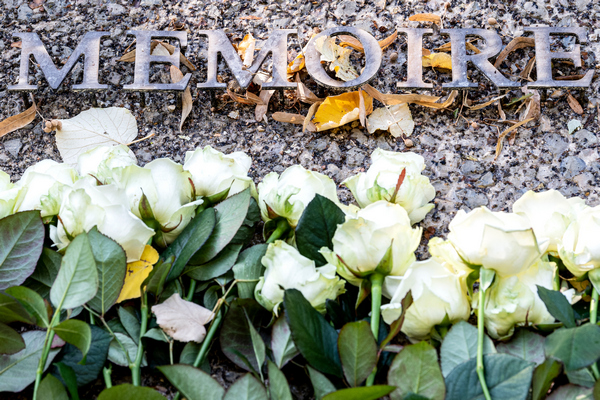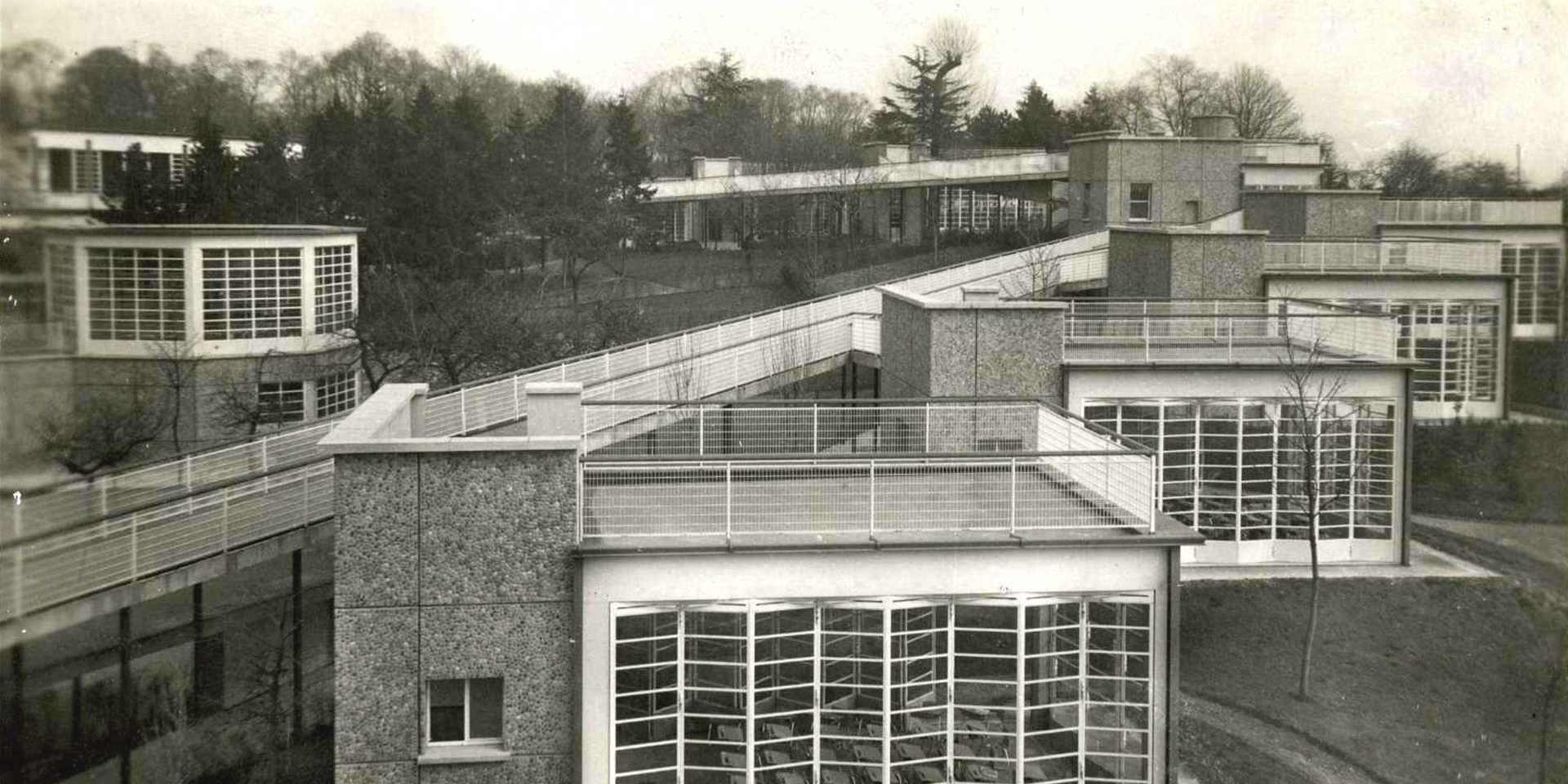History of the present time
The Museum and Memorial of Terrorism is part of a new category of museums of history and society emerging around the world that reflect on the history of the present time and on its heritage status. It is committed to exploring the relationships between history, social memory, and individual memory. Here, the phenomenon of terrorism is taken as a marker of modern society.
-
What is a museum of history?
-
Museums of history have existed in France since the Revolution. Their first upsurge occurred in the nineteenth century, with institutions like the Musée de l’Histoire de France in Versailles (1837) and the Musée des Souverains du Louvre (1852). These spaces were primarily dedicated to the ruling classes. Museums of history proliferated throughout the twentieth century, expanding their scope beyond the theme of national history. Today, there are nearly 600 museums of history and society bearing the Musée de France label. Their collections are wholly or partially dedicated to history, archeology, or prehistory. Four main themes are covered by such institutions: towns and local communities, significant periods and landmark events, illustrious figures, and social groups. In 2019, these spaces welcomed approximately 15 million visitors. That is indicative of their public appeal.
After the Second World War, a special category of history museum emerged in France and around the world: museum and memorial complexes. These tended to be sites of remembrance (Oradour, Auschwitz, Nankin, Hiroshima, Kigali) which were then accompanied—sometimes decades later—by museums that went beyond a mission of commemoration in their efforts to foster understanding and convey knowledge. For the most part, these institutions cover traumatic events: world wars, genocides, political violence, slavery, and even terrorism. Such events, which have generated a tremendous number of victims, require both remembrance and history.
These museums can be characterized by their innovative experiences and cultural programming, the use of digital experiences and augmented reality, and space for modern art. They contribute to turning individual, national, transnational, and universal memory into heritage.
The Museum and Memorial of Terrorism seeks to preserve, study, and exhibit artefacts and documents that reflect the reaction of modern societies confronting terrorism. However, the issues covered here — the history of terrorism, the status of victims, strengths and weaknesses of social bonds, the collective memory — shed new light on questions related to collections, material and immaterial heritage, research and controversies, museum experiences, education and curation, the role of modern artistic expression, the role of the internet and social media, and so forth.
Heart of the Museum Mission

The Museum and Memorial of Terrorism shares a value system with other new generation museums that put hospitality, inclusion, empathy, and care at the heart of the ethical and civic mission. As such, the Museum and Memorial of Terrorism strives to be a place that cares for others, promotes civic learning, and offers a space for therapy via knowledge and culture.
Victims, survivors, those wounded both physically and psychologically, as well as first responders and relief workers are at the heart of the mission at the Museum and Memorial of Terrorism. But this space is for everyone: the local community, tourists, school groups, and people served by the fields of social work. The Museum and Memorial of Terrorism’s visitor policy reflects the space’s three functions: a gathering space, a platform for knowledge, and local cultural services.

